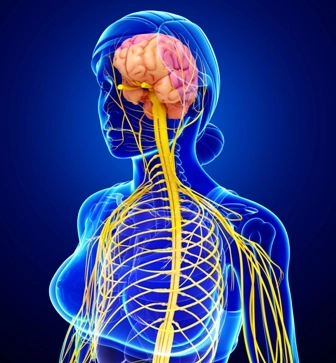Get the Most Out of Stenosis Checks

Many times, providers go beyond E/M for confirmation. Patients who report to the PM physician with symptoms of spinal stenosis can pose a tough and enduring coding conundrum. A patient with spinal stenosis could come in at any stage of the injury — pre-diagnosis or post-diagnosis — for treatment or evaluation. As a coder, you must be ready to know how your provider might diagnosis spinal stenosis and how to choose an ICD-10 code for the condition. For more information on how to resolve both these issues, check out this expert advice. E/M, MRI Could Confirm Spinal Stenosis Providers can diagnose spinal stenosis in a number of clinical scenarios, confirms Lynn M. Anderanin, CPC, CPMA, CPPM, CPC-I, COSC, senior director of coding education at Healthcare Information Services in Park Ridge, Illinois. In fact, the condition can often be identified in an evaluation and management (E/M) office visit — which you’d code with 99201 (Office or other outpatient visit for the evaluation and management of a new patient, which requires these 3 key components: A problem focused history; A problem focused examination; Straightforward medical decision making … ) through 99215 (Office or other outpatient visit for the evaluation and management of an established patient, which requires at least 2 of these 3 key components: A comprehensive history; A comprehensive examination; Medical decision making of high complexity …), depending on encounter specifics. To confirm a diagnosis of spinal stenosis, the provider might also “order diagnostic testing services such as X-rays, MRI [magnetic resonance imaging] scans, or CT [computed tomography] scans to view images of the spine,” says Cynthia A. Swanson RN, CPC, CEMC, CHC, CPMA, AAPC ICD-10-CM Proficient, AAPC Fellow, senior manager of healthcare consulting at Seim Johnson, LLP in Omaha, Nebraska. Check for Extremity Pain for Possible Stenosis Px Patients that walk out of the practice with a diagnosis of spinal stenosis often walk in with similar symptoms; many complain of “numbness and/or tingling in the extremities, and pain in the spine or extremities,” explains Anderanin. Swanson agrees, adding “signs/symptoms of spinal stenosis may include neck pain, weakness, or numbness in shoulders, arms, legs, hand clumsiness, gait imbalance disturbance, burning, or tingling involving extremity such as arms or legs,” Use These ICD-10 Codes Upon Stenosis Confirmation Once your PM specialist confirms spinal stenosis, you’ll need to deftly handle the ICD-10 options to choose the optimal code. Here’s the codes you’ll choose from for all your standard spinal stenosis patients, depending on encounter specifics: Remember: For patients with lumbar stenosis (M48.06_), you’ll need to make a sixth character decision, depending on whether or not neurogenic claudication accompanied the stenosis.




